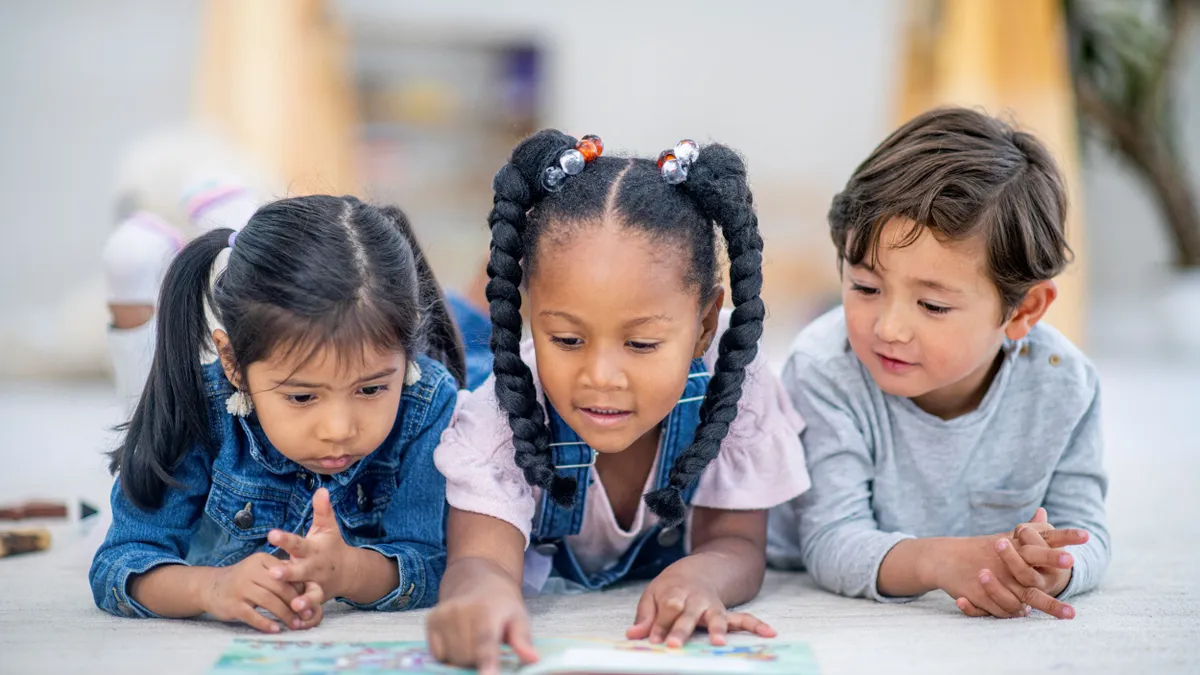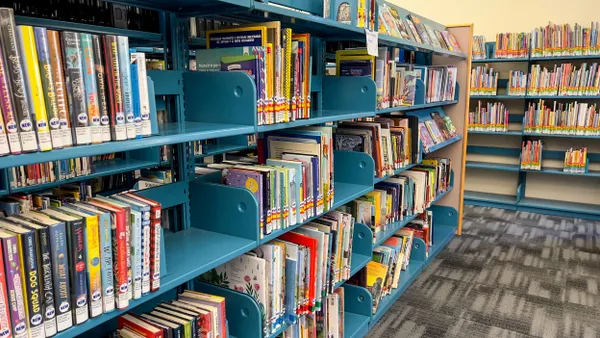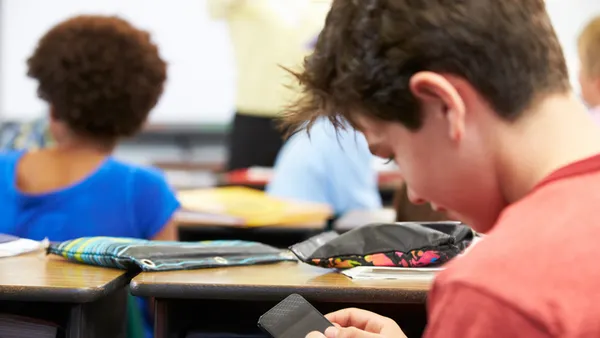Dive Brief:
- Over 80% of early elementary teachers are concerned about their students' literacy skills, according to a new national survey commissioned by Nemours Children's Health, one of the nation’s largest pediatric health systems.
- Teachers reported that, on average, only half of K-3 students entering the classroom are meeting grade-level reading expectations. Two particular areas where 1st grade teachers said students struggled were phonics and decoding (61%) and phonological awareness (58%).
- Many respondents said they feel ill-prepared to tackle the reading crisis. Less than a quarter reported being very satisfied with the literacy tools available to them, and about 2 in 5 said their materials lack engaging content and that there isn't enough time for literacy instruction.
Dive Insight:
An Illinois policy analysis found that already low 3rd grade reading proficiency rates were even lower among low-income students — and warned that low literacy rates contribute to low academic success and lower earning potential.
Literacy also influences health outcomes. A 2022 study found that strong general literacy supports health literacy, which is essential for understanding medical conditions, following care plans, and navigating the shift to adult healthcare.
"Intervening really early in a child's life gives us the best opportunity to shape how they can grow up healthy," said Allison Gertel-Rosenberg, vice president and chief policy and prevention officer at Nemours Children's Health. "Looking at literacy and thinking about how we can help readers who may be struggling early on [become] non-struggling readers has been an investment that we've been making for two decades now."
In 2005, Nemours Children's Health launched Nemours Children's Reading BrightStart!, an early literacy intervention program that connects parents and educators to literacy resources like a free preschool reading screener and a variety of activities and recommended books.
Gertel-Rosenberg explained that students learn to read from early childhood to 3rd grade, but once they reach 4th grade, they read to learn — so not being able to read at the appropriate level can jeopardize their comprehension of required material.
She added that improving reading outcomes involves creating a support network that nurtures literacy both in the classroom and at home. For example, aligning home and school reading materials helps students recognize a unified support system, she said.
Gertel-Rosenberg also emphasized that teachers' awareness of the literacy problem is a good sign.
"There's a bit of comfort in knowing that this is not a surprise, right? We know that we have an issue as a country," Gertel-Rosenberg said.
Nemours commissioned The Harris Poll to conduct its survey, which included a national sample of more than 300 K-3 teachers.
More than 90% of surveyed teachers view multisensory learning and screen-free instruction as key literacy education strategies, but only around half of them reported having access to small group resources, and less than 2 in 5 have access to tech-free offerings.
For Gertel-Rosenberg, the survey reinforced that talking to teachers and understanding what they need is crucial for administrators interested in strengthening literacy programs at their schools.
The survey, she said, allows Nemours Children's Health to share the data and information with administrators so they can assist educators in creating the right space for these types of programs.
“We know that it's not a lack of desire or want, right? Everyone wants to do really well by the kids who they are caring for,” Gertel-Rosenberg said. “It's really about creating the space and the opportunity to allow that great work to happen.”










